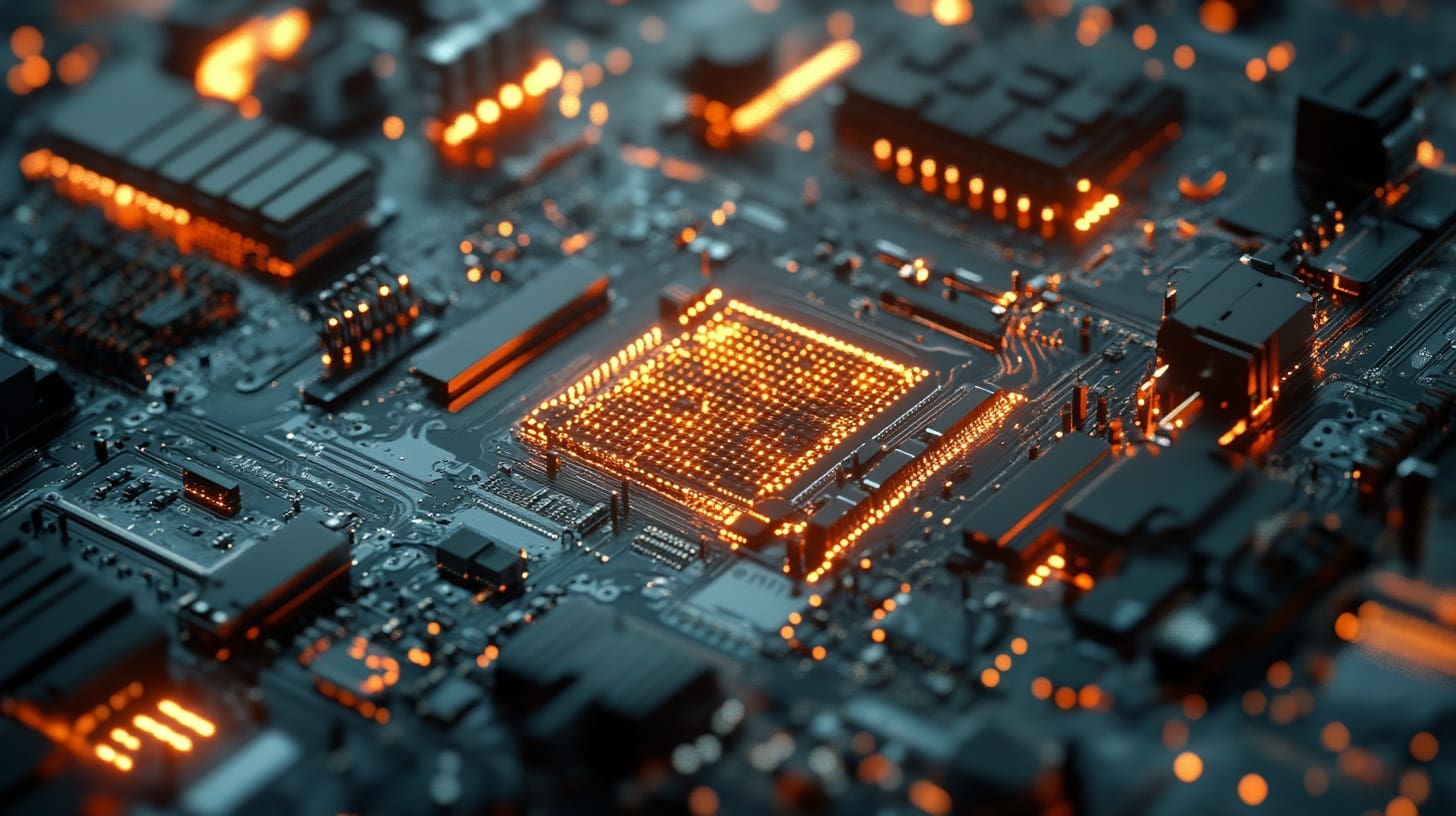Materials nanoengineering is a sub-discipline of materials science that involves designing and manipulating materials at the nanoscale to create structures with novel and improved properties. This field has transformative implications across various industries, including electronics, healthcare, and energy. The advent of 3D printing technology, particularly nano-scale 3D printing, has revolutionized materials nanoengineering by enabling the precise fabrication of materials with complex nanostructures that exhibit unique mechanical, electrical, and optical characteristics.
The Emergence of 3D Printing in Materials Nanoengineering
3D printing, initially adopted for larger-scale applications, has been refined to operate at the nano-scale, often referred to as nano 3D printing or two-photon polymerization (2PP). This advancement allows for the creation of structures with features at the nanometer level, ideal for developing new materials with engineered properties. The ability to directly “print” nanostructures has opened up new avenues for innovation in material design, enabling researchers and engineers to experiment with configurations that were previously impractical or impossible to manufacture.

Advantages of 3D Printing in Materials Nanoengineering
Precision and Control: Nano 3D printing offers unparalleled control over material architecture, allowing engineers to design structures at the atomic or molecular level. This precise control is crucial for tailoring material properties to specific applications.
Rapid Prototyping: The technology enables the quick development of prototypes, allowing for the fast iteration of experimental designs. This accelerates the research and development process, reducing the time from concept to commercialization.
Customization: With 3D printing, materials can be engineered with specific features tailored to unique requirements, such as enhanced electrical conductivity or specific mechanical strength, without the need for extensive and costly traditional manufacturing setups.
Material Diversity: Advanced 3D printing techniques have expanded the range of materials that can be used at the nano-scale, including polymers, metals, and composites, enabling the creation of multifunctional materials.
Key Applications of 3D Printing in Materials Nanoengineering
Electronics: Nano 3D printing is used to develop components with precise electrical properties for use in semiconductors, sensors, and displays. These components often require high conductivity and specific geometrical arrangements that are only possible at the nano-scale.
Photonics: In the field of photonics, 3D printing allows for the fabrication of materials with specific light absorption and emission properties. This is crucial for developing new types of lasers, LED lights, and optical fibers.
Biomedical Applications: Nano-engineered materials are pivotal in creating advanced drug delivery systems that can target specific sites within the body, as well as scaffolds for tissue engineering that mimic the natural cellular environments.
Catalysis: Nanostructured materials are excellent catalysts due to their increased surface area and can be precisely engineered to enhance their reactivity and selectivity for use in chemical and environmental processes.

Challenges in 3D Printing for Materials Nanoengineering
Resolution and Fidelity: Achieving high resolution and structural fidelity in the nano-scale is challenging. The smaller the features, the more difficult it is to maintain accuracy and avoid defects during the printing process.
Scalability: While 3D printing is effective for prototyping and small-scale production, scaling these processes to industrial volumes remains a significant challenge due to speed and cost constraints.
Material Stability: Nano-materials can be highly reactive or unstable, especially when exposed to environmental factors such as air or moisture. Ensuring long-term stability and functionality of nano-engineered materials is critical for their practical application.
Regulatory and Safety Concerns: The production and use of nano-materials raise unique health and environmental safety concerns that need to be addressed. Regulatory frameworks are still evolving to keep pace with the advancements in nano-material technologies.
Future Directions in 3D Printing for Materials Nanoengineering
Looking forward, 3D printing in materials nanoengineering is poised to see significant growth and innovation. Anticipated developments include advances in printer technologies that can offer greater speed and resolution, the introduction of new nano-materials with enhanced properties, and the integration of machine learning algorithms to optimize material designs. Furthermore, improved techniques for multi-material printing will likely enable the creation of more complex and functional nano-devices.
3D printing is fundamentally altering the landscape of materials nanoengineering, providing tools to design and produce materials with tailored nanoscale structures that unlock novel properties and functionalities. As the technology continues to evolve, it promises to further revolutionize industries reliant on advanced materials, offering more efficient, sustainable, and customizable solutions. The ongoing advancements in 3D printing technology will increasingly become a cornerstone in the field of materials nanoengineering, reshaping our approach to developing and utilizing materials in the nano realm.








